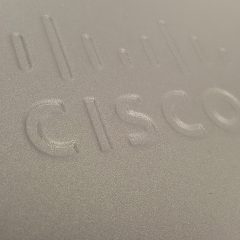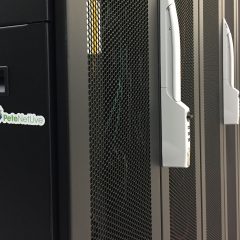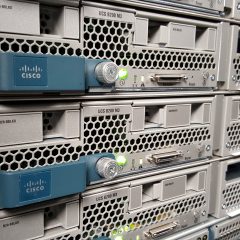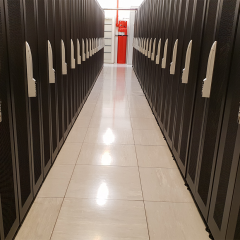%Error copying system:/running-config
%Error copying system KB ID 0000987 Problem I love GNS3, it is a brilliant piece of software, I use it for bench testing and proof of concept work. Yes is can be a bit clunky sometimes, but it’s FREE! I had a project open with about four ASA’s on it, and it would not save the config on just one of them. HostName(config)# copy running-config startup-config Source filename [running-config]? Cryptochecksum: fdf42190 76959bba...
Juniper SRX Update the Operating System / Firmware
SRX Update KB ID 0000989 Problem With two brand new SRX firewalls on the bench my first task was to get them updated to the latest operating system. Solution : SRX Update Before you start get the updated Juniper software. Option 1 Update SRX firewall via Command Line 1. Connect to the firewall via either Console cable, telnet, or SSH. 2. Log on and then go to CLI mode, and then configuration mode. login: root Password: *******...
Juniper SRX Cluster (Active / Standby)
SRX Cluster KB ID 0000990 Problem I’ve had very little exposure to JUNOS and Juniper equipment, and later in the year I have to deploy some for a client in a failover cluster. So I had a good look round on the Internet, and found loads of good blog posts and KB articles like this one. The problem is they are all geared to setting up a cluster, they ASSUME you then know about security zones, how to add default routes, and setup...
Juniper SRX Alarm Light Lit
SRX Alarm Light KB ID 0000993 Problem I noticed the alarm light was lit amber on an SRX240 Juniper firewall. Solution : SRX Alarm Light This will not serve as a solution to every alarm on the SRX, but it should point you where to look, and show you how to resolve the two problems I identified on my firewall. View SRX Alarm Light Status in J-Web The status is displayed on the ‘Dashboard’ tab, here you can see I’ve got...
CentOS TFTP Server (Install and Configure)
CentOS TFTP Server KB ID 0000998 Problem I needed to back up a Cisco firewall, and perform an upgrade remotely, despite my best efforts to use the ASDM and update via http, I had to go ‘old school’ and bring up a TFTP server on one of my CentOS Linux servers. Solution CentOS TFTP Server 1. Log onto the server and install the xinetd TFTP Server. Execute the following command and follow the on-screen prompts. Using username...





